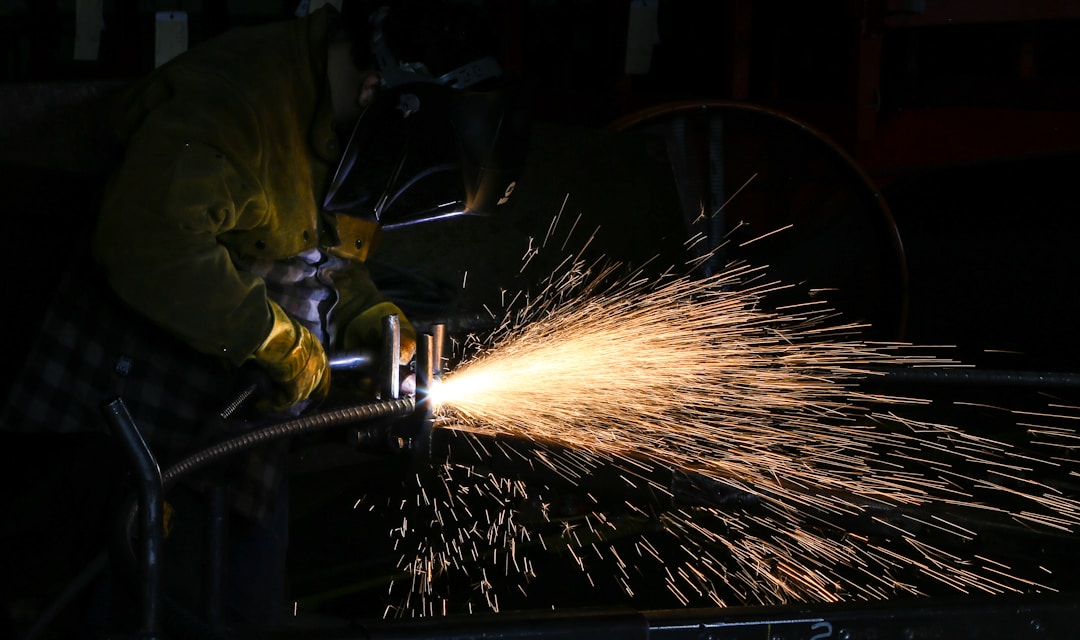The role of hydraulic cylinder tube
2019-07-01
Hydraulic cylinder tubes play a crucial role in the functioning of hydraulic cylinders, which are used in a wide range of applications across various industries. These tubes are typically made from materials such as stainless steel, carbon steel, or alloy steel, and are designed to withstand high pressure and resist corrosion.
The primary function of the hydraulic cylinder tube is to contain the hydraulic fluid that is used to generate the force needed to move the piston within the cylinder. The tube provides a sealed environment for the fluid, preventing leaks and ensuring that the system operates smoothly and efficiently.
In addition to containing the hydraulic fluid, the tube also serves as a guide for the piston, helping to maintain alignment and prevent any lateral movement that could cause damage to the cylinder or reduce its efficiency. The smooth interior surface of the tube also helps to reduce friction, allowing the piston to move more easily within the cylinder.
The material and design of the hydraulic cylinder tube are critical factors in determining the performance and longevity of the hydraulic cylinder. Tubes made from high-quality materials are able to withstand the high pressures and forces generated within the cylinder, ensuring that the system operates safely and effectively.
Furthermore, the precision manufacturing of the tube is essential for ensuring a tight seal and preventing leaks that could compromise the performance of the hydraulic cylinder. Tubes that are manufactured to exact specifications help to maintain the integrity of the hydraulic system and prevent any loss of pressure or efficiency.
Overall, the hydraulic cylinder tube plays a vital role in the operation of hydraulic cylinders, providing a sealed environment for the hydraulic fluid, guiding the movement of the piston, and ensuring the efficient and reliable performance of the system. By selecting high-quality tubes and maintaining them properly, businesses can ensure the longevity and effectiveness of their hydraulic systems.
RELATED BLOG







